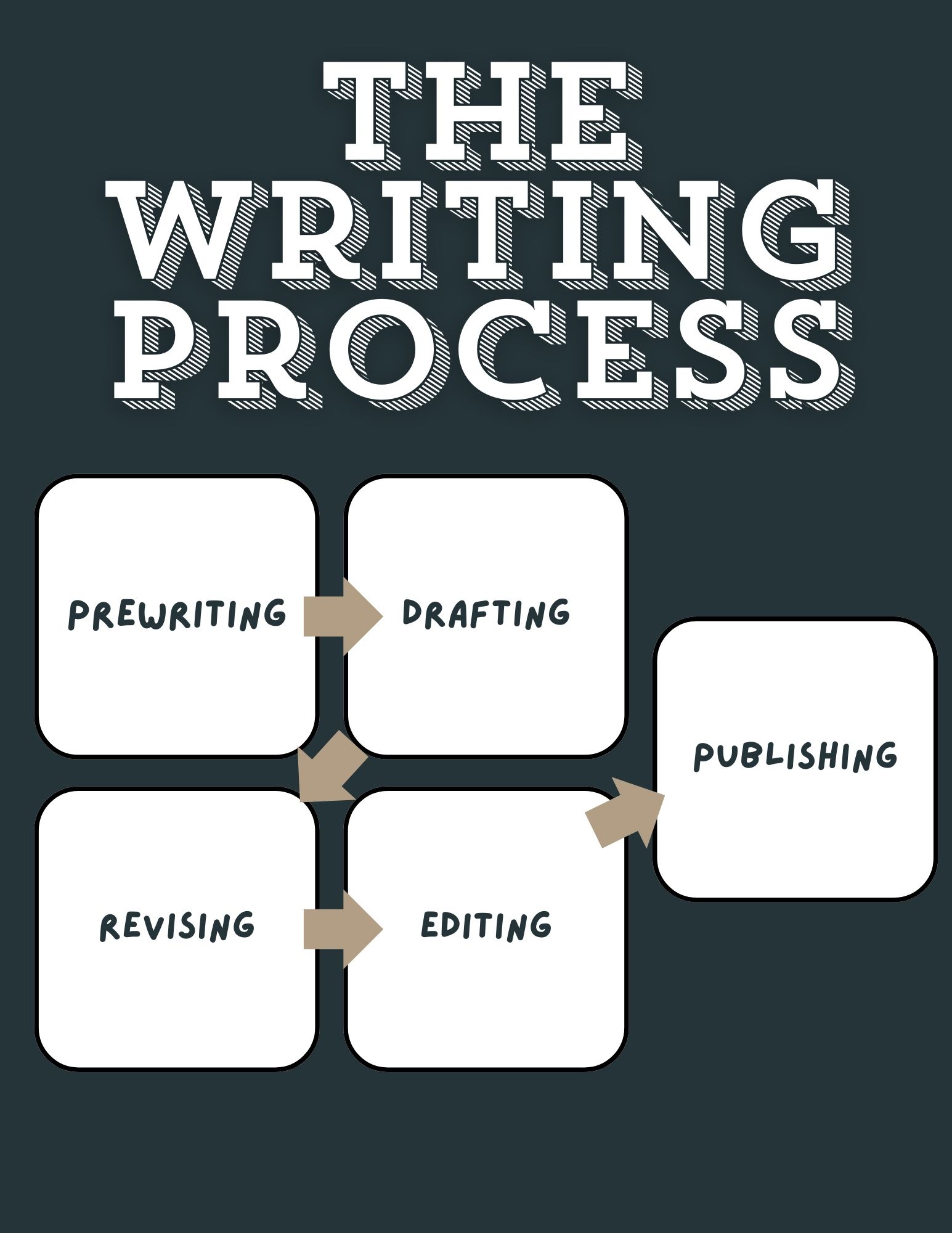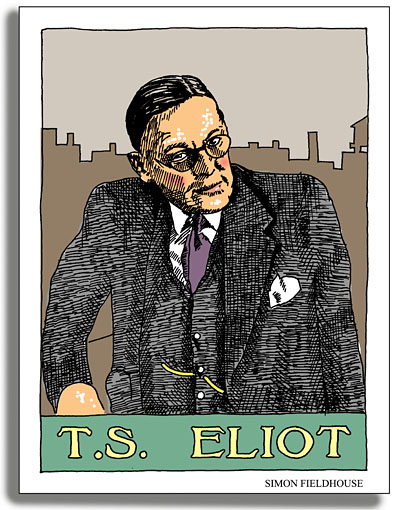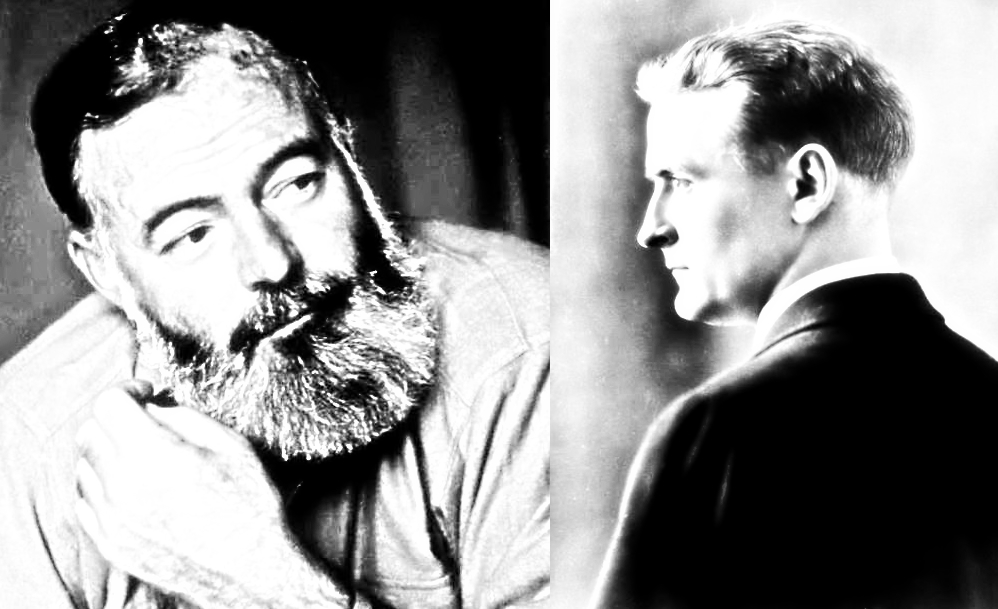If you have ever taken a writing class, then you know there is great emphasis placed on the writing process. From the time we are in middle school until high school, we are asked to adhere to this strategy. But how do we effectively use the writing process? In this post I will explain practical ways in which we can use and refine the writing process for our own uses.
What is the writing process
The writing process is a series of stages a writer must go through in order to complete a writing assignment or project. For instance, if you have been given an essay by a professor, you probably have to focus on the writing process in order to complete the assignment. In this way, the stages guide you through your writing, so you know where to start and when you are finished.
The writing process is as follows:
- Prewriting: This stage involves brainstorming and coming up with all of the ideas that will eventually make the final project. In this stage, you will write down consequential and inconsequential information. I refer to this stage as “writing trash to spin into gold.”
- Drafting: In this stage, you actively write your brainstormed ideas down into a tentative structure. If it is an essay, you write your five-paragraph structure so you can simply get it out onto the page. For stories or novels, you will write down all of your ideas that you haven’t thrown out just to see what it looks like. This is probably the hardest stage along with revising.
- Revising: In this stage, you take stock of what you have on the page. You look to see if all the ideas are there in your assignment. You check for structural problems; does the introduction explain the purpose of your writing? Does the conclusion wrap everything up? For stories and book, it is at this stage that you want to make sure your plot makes sense, and that your characters have motivations and act logically.
- Editing: In this stage, you fix all of the mechanical issues. What this means is that you are looking for grammar problems. You are adjusting syntax to fit your style and rhythm. Also, you are checking diction to make sure you are not too wordy or too vague.
- Publishing: In this stage, you have your final product. You want to format the essay, story, or book, so it is legible and easily digestible for an audience. As such, you will look at margins, font, text size, spacing, etc. This may be where you have the completed manuscript to send off to an editor. Remember, just because it is the publishing stage does not mean you are done. Writing is a recursive process, so if you send it off and get feedback, you can go back through and change your writing.

How to effectively use the writing process
It is important to understand what the writing process is and what to do with it, but it is another thing to use it in a way that works.
The following are some practical, guiding principles to help you utilize the writing process effectively:
- Prewriting: Write all of your ideas down using a graphic organizer. There are many examples out there, and they can help. Visualizing your ideas on a page is a quick way to understand what works and what does not work. If you need research-based proof, consider using brainstorming through multiple modalities.
- Drafting: This stage is really tough. However, if you dispel some common writing myths, you may be able to see past your own anxieties about putting pen to paper. Never forget that in order to write, you must actually sit down and do the work. There is no perfect time, and there is no perfect place to write. You simply have to commit to writing.
- Revising: There are a couple of quick ways in which to revise in a more effective manner. One is to read your draft out loud in a quiet place. Listen for inaccuracies, missing words, and jarring sections. There is no better editor than your own voice when it comes to what you’ve written. Additionally, you should use a word processor that has a built-in “Read Aloud” function. It works in the same way as reading your writing out loud.
- Editing: When editing, you can definitely use the “Read Aloud” method to help catch errors, but there are many other ways to edit more effectively, too. One way is to wait until you feel as though your revision stage is complete, and then read over your text carefully, word by word. This takes a lot of time, but writing is a marathon, not a sprint. Chunk out your editing, so you are only doing a little here and there, rather than in one sitting. Additionally, you could consider using editing apps to help you along; however, if you want to be a good editor, you have to put in the work.
- Publishing: The most immediate and practical way to get good at the publishing stage is to effectively memorize your genre conventions when it comes to manuscript formatting. If you are writing an essay, you can focus on MLA formatting (humanities) or APA (social sciences). For fiction and nonfiction, you can look at standard manuscript format, or the most conventional formatting options for submitting your work for publishing.
Discover more from The Writing Post
Subscribe to get the latest posts sent to your email.




One thought on “How to Effectively Use the Writing Process”
Comments are closed.